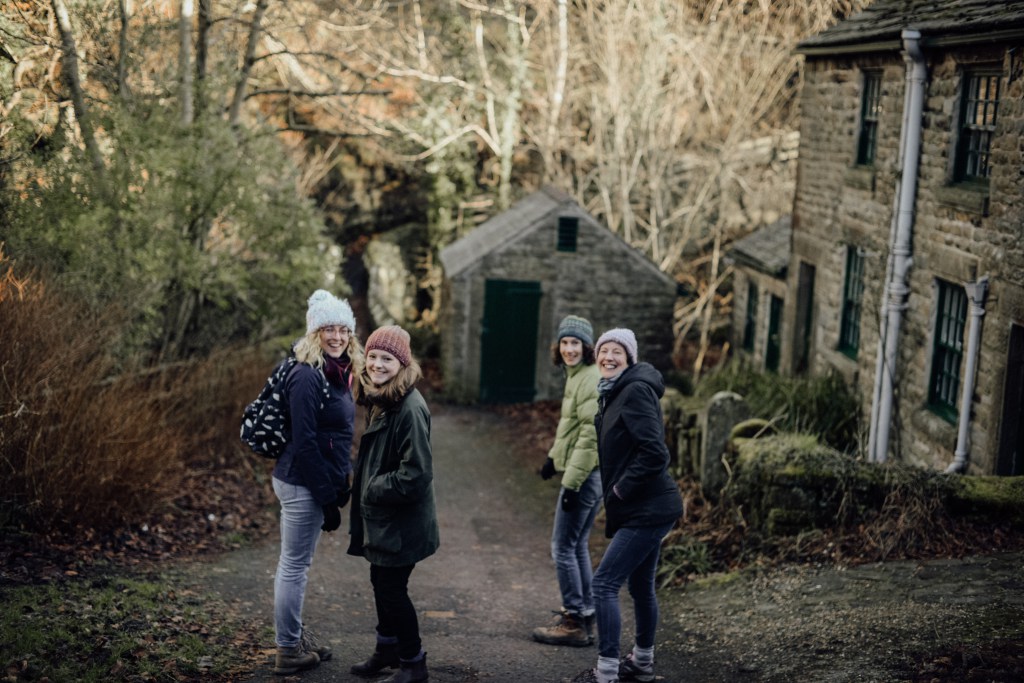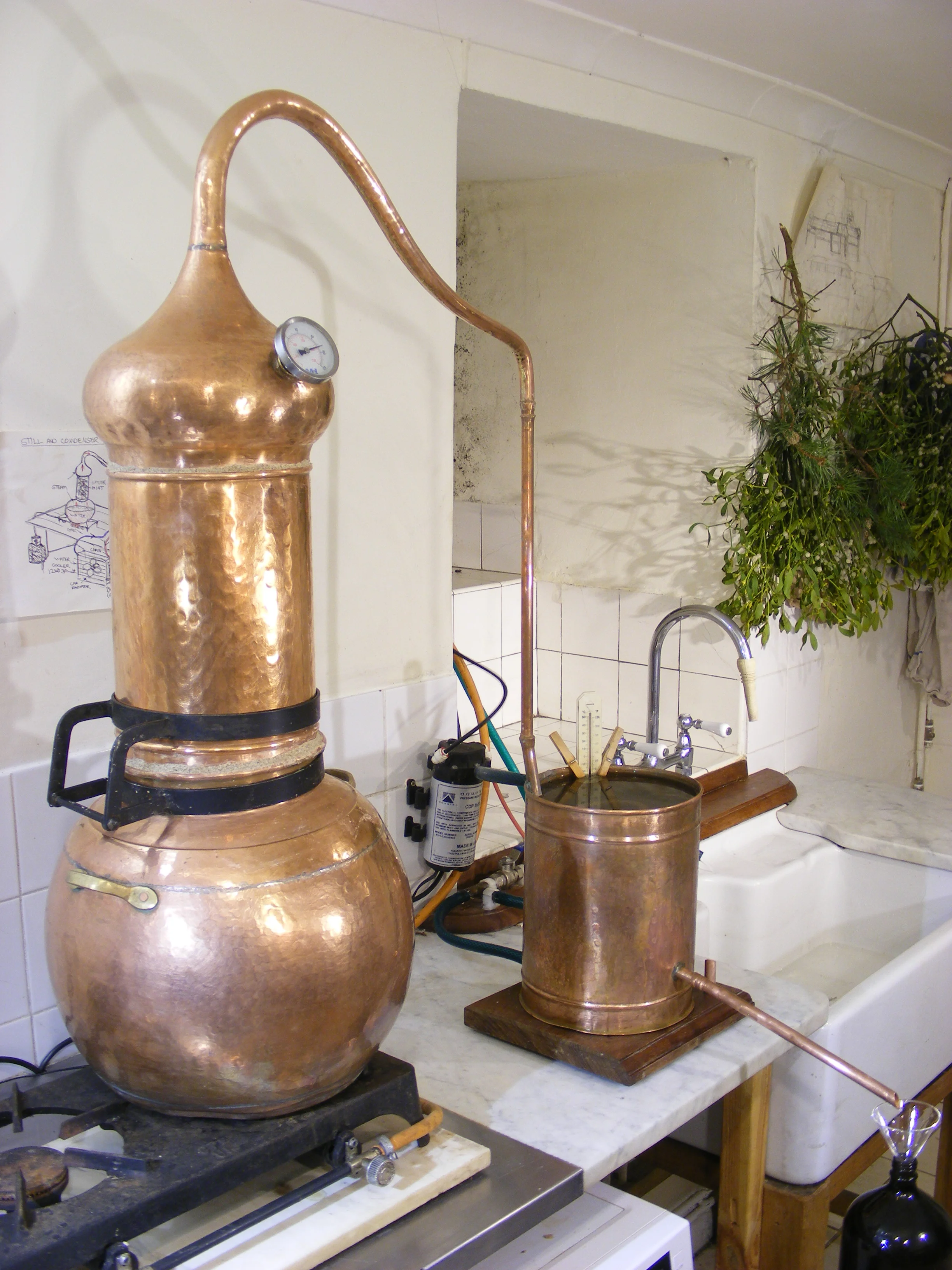Jessica : I’d love for you to start by telling us more about you and your business, how Edge and Company started, and what it is you do?
Milly : Edge and Company was founded by myself (Amelia Edge) and my partner Steve Coley. Our main aim was to create a forward thinking wellbeing and lifestyle brand, which gives back to people in need through every purchase.
Our products are handmade in the UK and worldwide by people living with disabilities, mental health conditions, homelessness and addiction, who find it very challenging to access and maintain employment.
Every product sold will help to support organisations that are striving to break perceptions and social stigma, by building acceptance and employment opportunities for people living with life challenges. This is what we call ‘Radical Giving’.
Jessica : Can you tell me about where you found your inspiration to start your company?
Milly : I spontaneously came across The Soap Co (a social enterprise that provides employment opportunities for people who are visually impaired, living with disabilities or are otherwise disadvantaged.)
I purchased one of their innovative exfoliating soap pebbles and It felt amazing that I had somehow helped to contribute and support this inspirational company.
I found this idea really exciting - a great product and the money I’d spent going to a great cause.
Soon after, we visited the homewares trade show ‘Top Drawer’ but really struggled to find any suppliers that shared the same ethos as The Soap Co. After hours of searching we managed to find two more suppliers which lead us to the idea of creating a new shopping platform experience where every purchase would give back in some way and so began our hunt for similar charities and social enterprises.
Jessica : What do you love most about what you do?
Milly : Some of our suppliers are local to us and we have been given the opportunity to visit their workshops and meet the people who are involved in the making of our products.
This has been an invaluable and extremely rewarding experience and one that was lacking in our previous work.
To be able to see the production process of our products from start to finish and personally thank everyone involved has been very heart warming.
We look forward to meeting and working with lots of new suppliers in the future.
Jessica : Can you tell us about your work-space, and what a typical day at Edge and Company is like?
Milly : We are lucky enough to have an office space at home where we can get inspired by our surroundings. We like to personally test our products and make sure that we are selling amazing, innovative items that we love.
Right now we are working hard to find new suppliers and build on our product range.
If it’s a Sunday, you’ll find us at Spitalfields market, selling all of our beautiful products in person.
Jessica : What impact would you like to create with your work?
Milly : Ultimately we want to spread awareness and help build acceptance and employment opportunities for people living with life challenges, whilst continuing to show people that there is an alternative to mass produced products found on the high street.
Jessica : And lastly, if someone reading your story were inspired to follow their own creative dream, what advice would you give them?
Milly : For anyone that has a good idea, I would recommend persisting with it.
I’ve found that if you stick with an idea for long enough it will naturally become refined and come to fruition when it the time is right.















































































